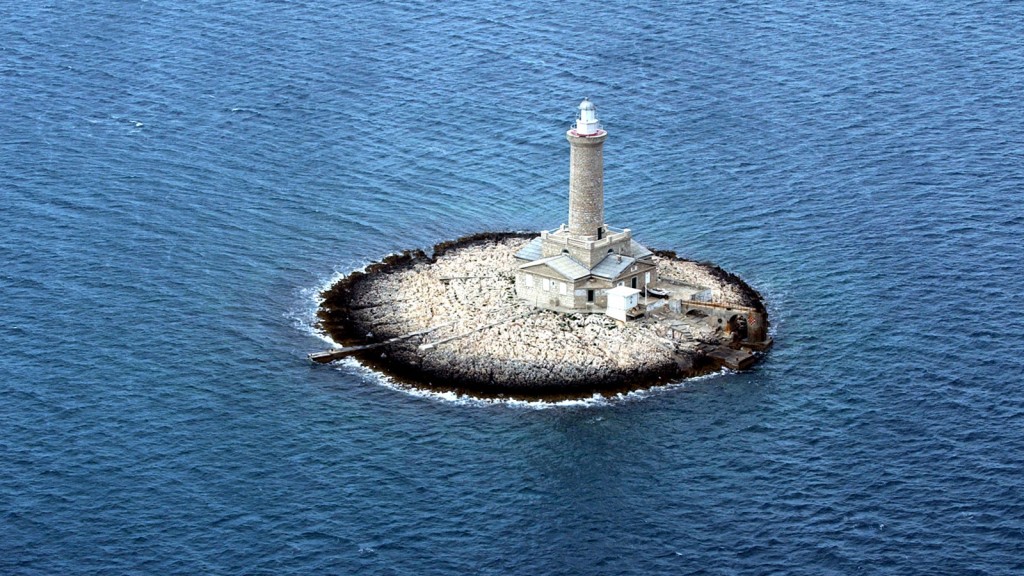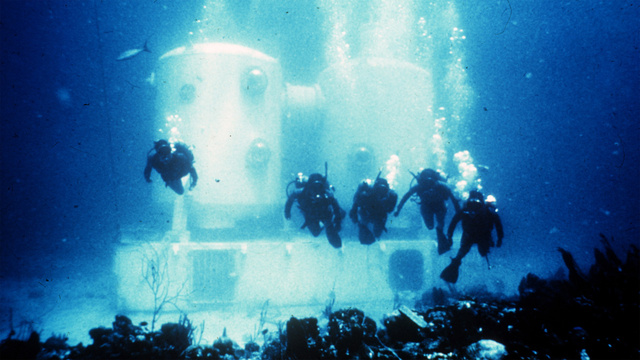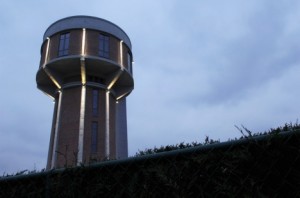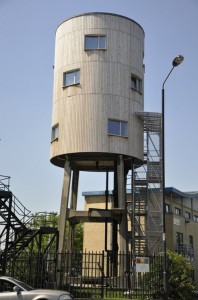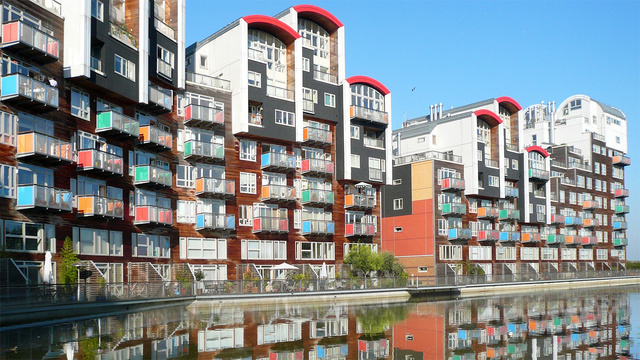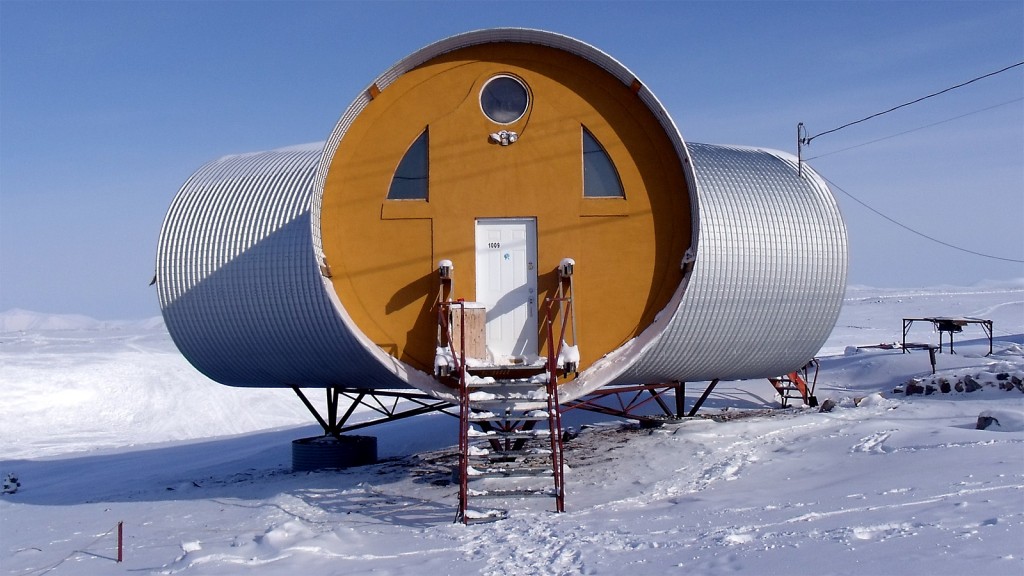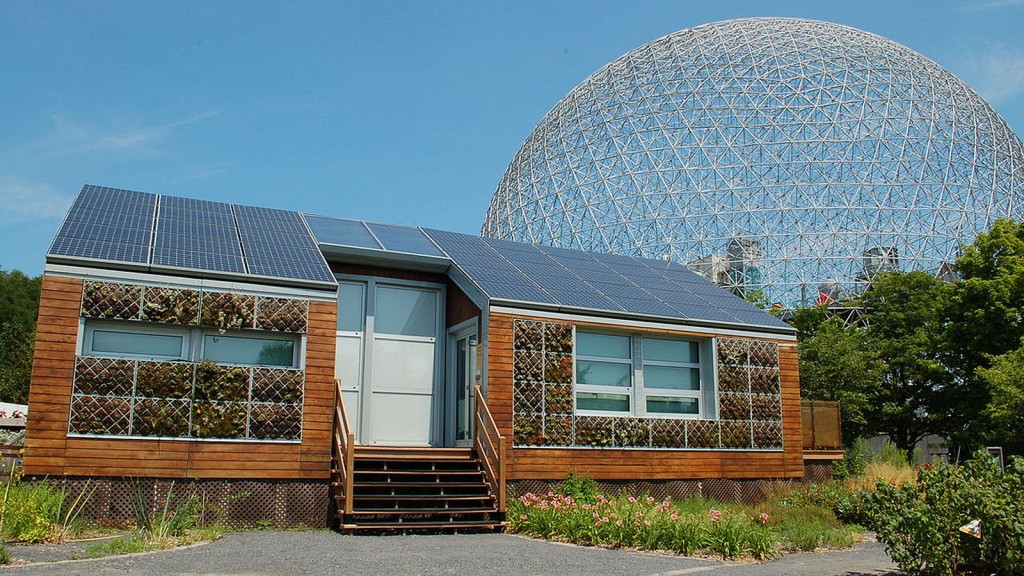During our recent sessions of crawling the internet, we seem to encounter more and more ‘lifechanging’ pieces of advice being thrown around to try and help agents and real estate stay on top of their game and innovate the industry…but what happened to just keeping it simple?
It seems that anybody spending too much time in front of a computer or on their smartphone now feels the need to share their ideas on a large scale to pollute the minds of those around them with their fixated ideas. We’re here to tell you to stop listening and start thinking. For instance, if you encounter a headline that resembles the following: 4 reasons Google+ beats out Facebook for real estate, you should probably put your noodle to work a bit before devouring this information like it’s your last meal.
‘Why? What’s wrong with that?’ You’re asking. Now think harder…
There it is! The size of Facebook and Google+’s user base is NOT EVEN COMPARABLE. So just because one self-declared tech expert decides to share their shallowly produced ‘innovative marketing techniques’ just take a step back and question them. Everybody nowadays is a marketing expert, so take what you read with a grain of salt. If it doesn’t sound like something that will work for you, then don’t do it.
It doesn’t take much for a good idea staring you in the face to make a lasting impression, so stick with what seems genuine and thought through rather than adopting a million-and-one different ideas, downloading hordes of productivity apps, and getting roped into the ‘social/e-marketing tips’ newsletter trend.
If you’re having trouble recognizing a new idea, let’s give this one a shot and see if you can see the difference between ‘those guys’ and our guys. Check out our new Deal Manager paperless office solution for agents and brokers. Simplify your business, shrink your briefcase, and save on paper. It’s that simple.
image courtesy of Victor 1558

